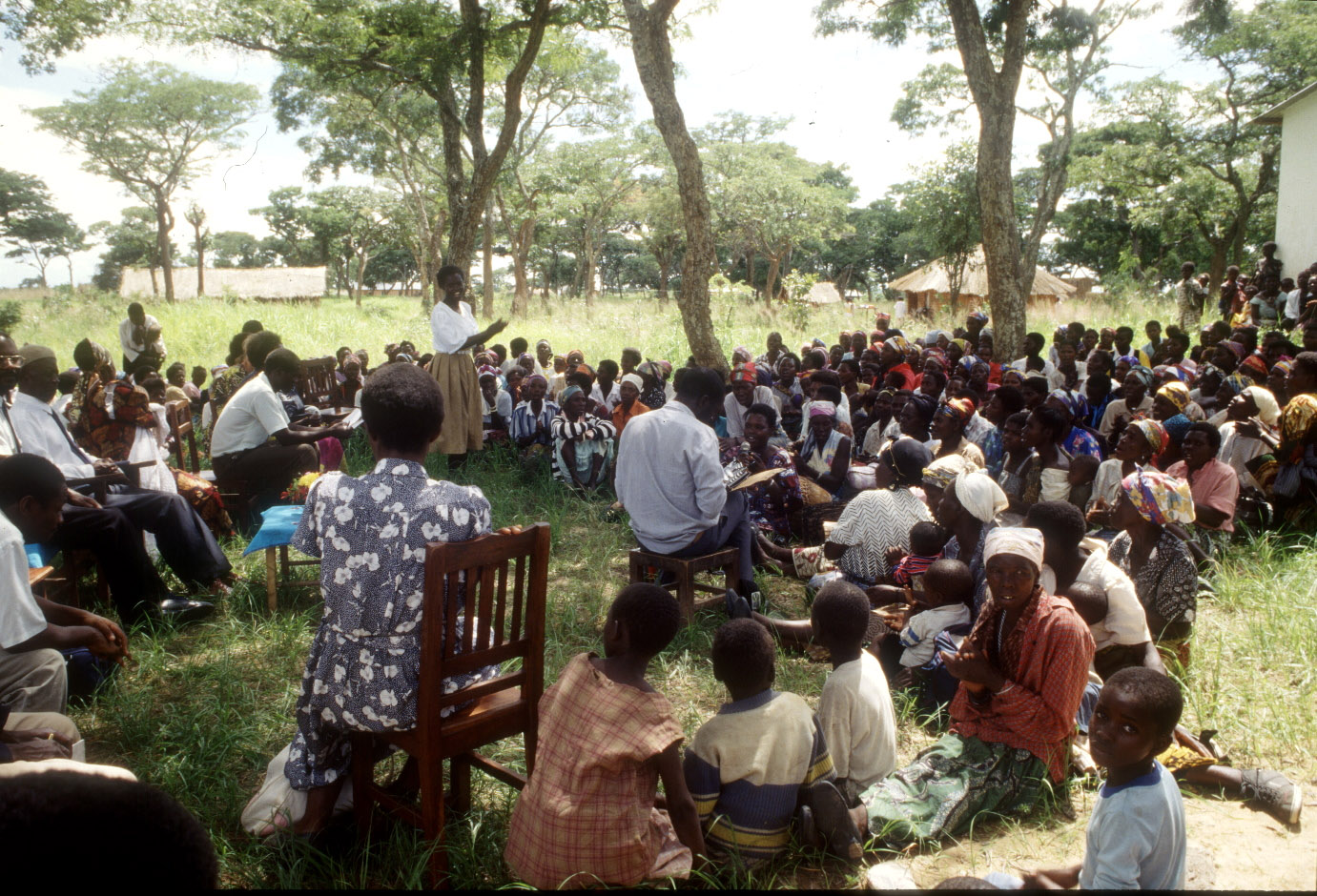Forests in Zambia cover about 60% of the total land area and are crucial in supporting low-income communities in both urban and rural areas. A variety of wood and non-wood forest products are utilised on a daily basis by rural and urban households in various parts of the country. The Government of Zambia is advancing in activities aimed at reducing emissions from deforestation and forest degradation (REDD+). This is an opportunity for them to directly address the drivers of deforestation and forest degradation while pursuing its long-term development vision to reduce poverty and develop participatory forestry by 2030. According to Vision 2030, community forestry groups, in partnership with NGOs and the private sector, will become stewards of green businesses, earning income from sustainable forest management and sharing the benefits equitably in the community.
Several key policy documents underpin Zambia’s commitment to combating climate change and implementing this vision. These include the Nationally Determined Contribution (NDC, 2015), the National Climate Change Policy (NCCP, 2016), and the National REDD+ Strategy (NRS, 2015, 2017). All three documents put an emphasis on community-based forestry actions.
The restoration and management of degraded forests is a key interest of the Government of Zambia as it aims to promote forest practices that are more inclusive and that enhance the involvement of local and traditional authorities and communities, notably through participatory forestry management (PFM). Participatory forest management plays a key role in the country’s REDD+ process as it has the potential to not only mitigate destructive land use practices and create carbon sinks through forest regeneration, afforestation and reforestation, but it also has the offers an opportunity to enhance the resilience of local communities to climate change.
The opportunities for integrated, community-based, natural resource management have rapidly increased. There are now several viable investment options for Zambia for upscaling existing or developing new initiatives in participatory forest management (PFM), in particular, community forest management (CFM), joint forest management (JFM) and private forest management (PvFM):
-
District platforms for capacity development and PFM delivery
-
Revision of legal and policy framework
-
Community Forest Management (CFM) for SFM and poverty reduction
-
Joint Forest Management (JFM) to restore local forest reserves
-
Community Forest Buffers and Public-Private Partnerships (PPP) around Protected Areas
-
Smallholder private forest management (PvFM)
-
Incentive and market-based mechanisms (IMBM) for community forestry
However, the proposed PFM programme will need to include disincentives or sanctions against destructive practices such as unsustainable charcoal production, and consider an equitable benefit-sharing mechanism. Consultation processes between communities, traditional authorities and local government will have to take place to explain regulations, including mechanisms for conflict resolution and to ensure that women, youth and vulnerable groups are adequately acknowledged and included in management and decision making. Additionally, further development of the PFM programme will require close alignment with the REDD+ safeguard process to invest in activities that are less likely to produce undesirable environmental and social risks and more likely to prioritize land use options that bring concrete and immediate benefits to both the communities and the environment. Securing land and tree tenure and harmonization of the legal frameworks, particularly on the extensive customary lands, will be an important element for PFM success.
The PFM programme will also need to address the paradox between the desire to decentralize authority over forests and increase incentives for active local management of forests with the need to coordinate actions at the national level. This remains one of the key, underlying challenges for REDD+. While there is some will to devolve powers to local communities, draft subsidiary laws often have limited authority at local community levels.
Achieving participatory forestry management will require time and further efforts. Nevertheless, the need for broad-based participation and partnerships cannot be overemphasized, as national REDD+ climate and development goals cannot be achieved if all stakeholders are not included throughout the process.


